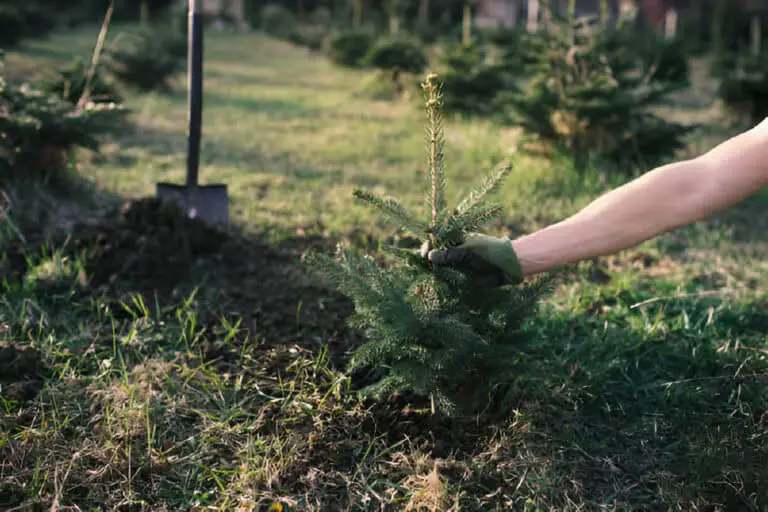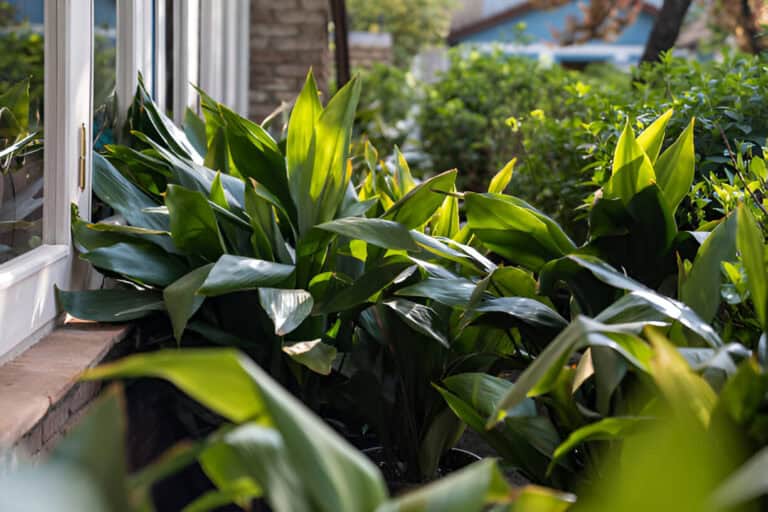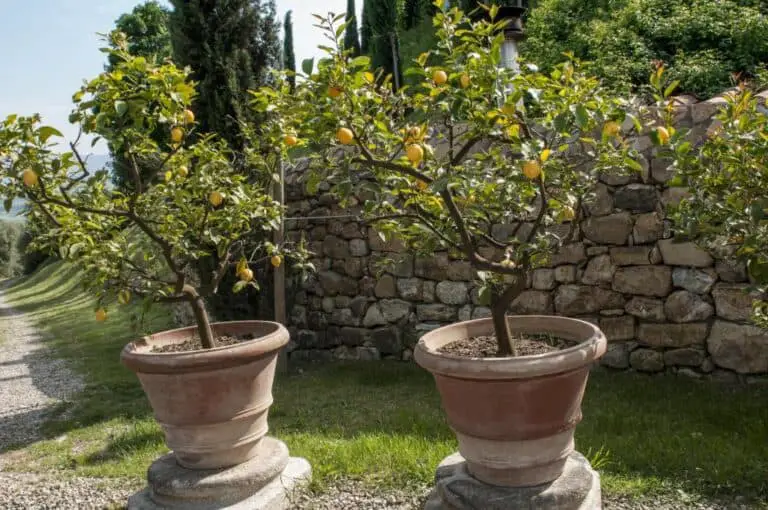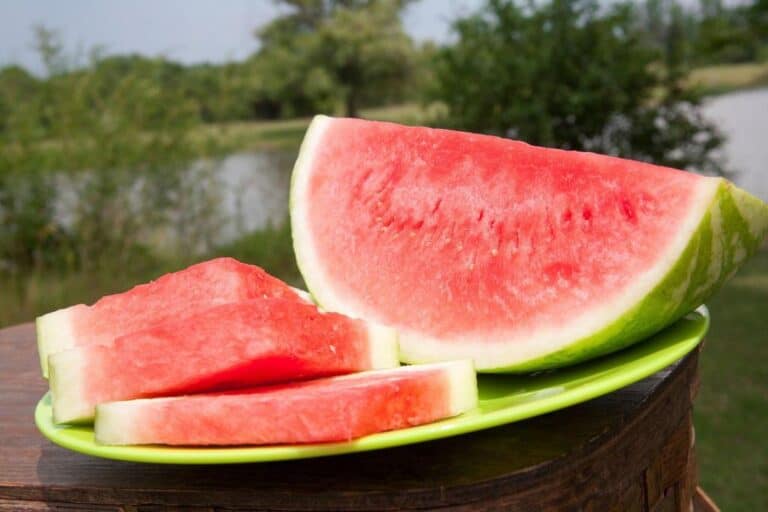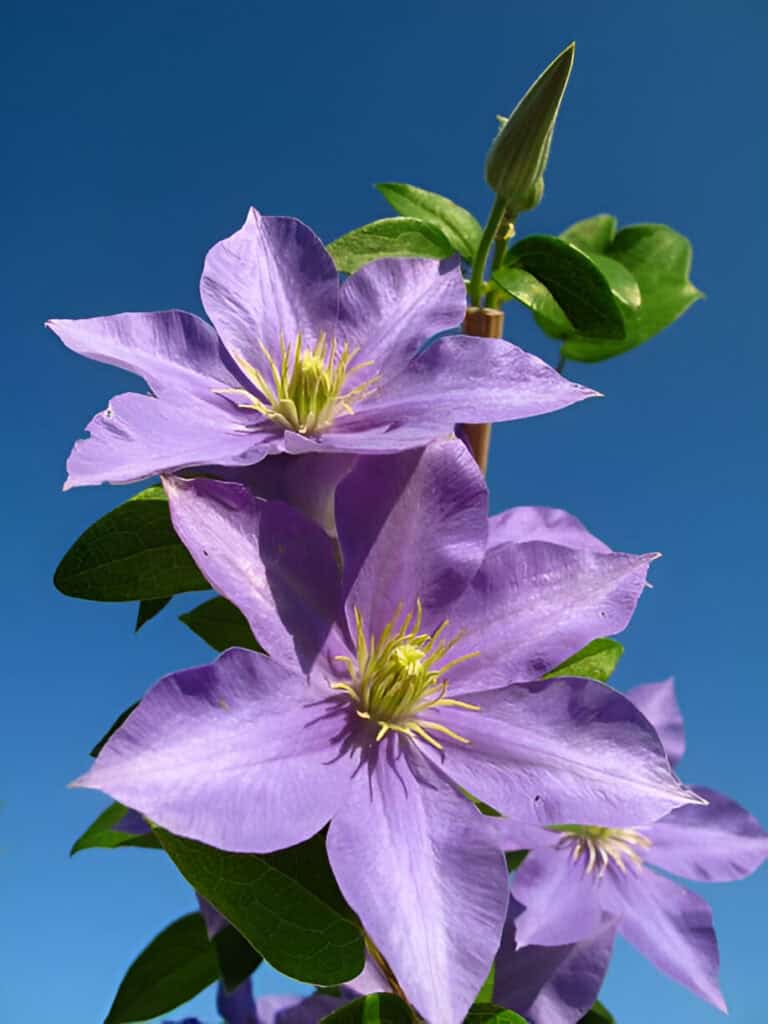How to Prune Arborvitae Plant – Beginners Trimming Guide

Arborvitae plants have dense, evergreen foliage and an elegant form. They are a favorite choice for hedges, privacy screens, and garden borders. To maintain their shape and health, regular pruning is essential.
Are your Arborvitae plants looking a bit overgrown or misshapen? Knowing when and how to prune Arborvitae can make all the difference in maintaining their health and aesthetic appeal.
In this article, we’ll guide you through the best practices for pruning Arborvitae plants. These practices ensure the plants thrive and make your landscape more beautiful. By following our expert tips, you’ll improve your garden’s look. You’ll also boost your evergreens’ long-term health.
Understanding Arborvitae
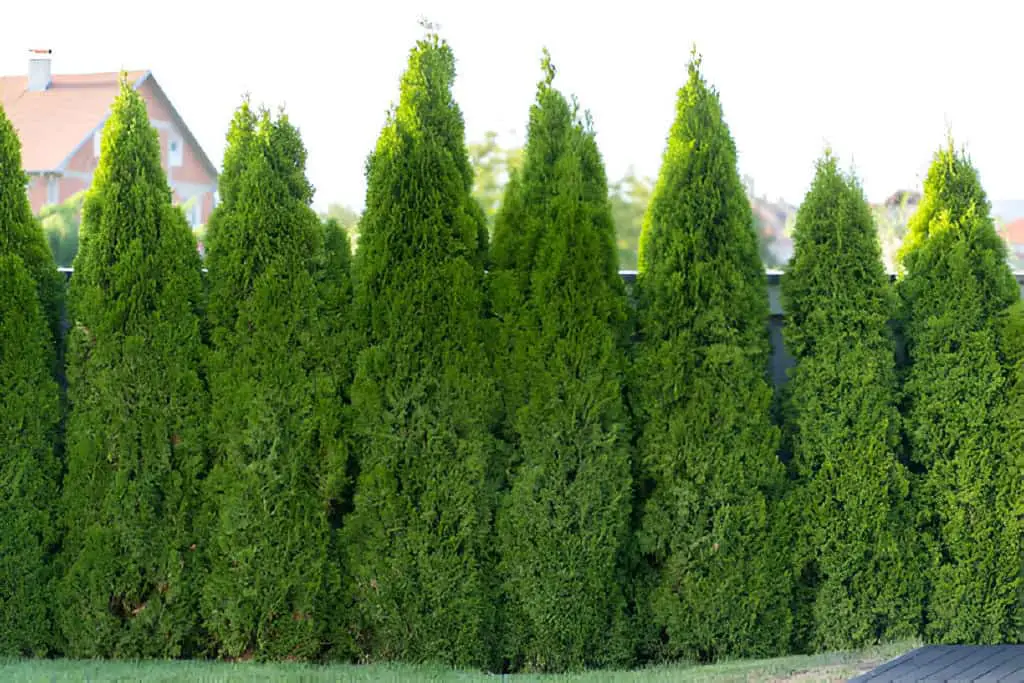
Arborvitae, scientifically known as Thuja, belongs to the cypress family. These plants are prized for their conical shape, hardy nature, and year-round green color. Common varieties include Emerald Green, Green Giant, and Pyramidalis. Each has unique traits for different landscaping needs.
Benefits of Pruning Arborvitae
Pruning Arborvitae promotes healthy growth, prevents diseases, and maintains the desired shape. Regular trimming helps remove dead or diseased branches. It also encourages dense foliage and improves the plant’s looks. Proper pruning also allows air to circulate. It lets sunlight in too. Both are crucial for the plant’s health.
When to Prune Arborvitae
Timing is crucial for effective pruning. The best time to prune Arborvitae is during late spring to early summer, when the plant is actively growing. Pruning during this period ensures quick recovery and robust new growth. Avoid pruning in late fall or winter, as this can leave the plant vulnerable to frost damage and stress.
Signs Your Arborvitae Needs Pruning
- Overgrown branches that disrupt the plant’s shape
- Dead or yellowing foliage
- Branches touching the ground or other plants
- Dense growth inhibits airflow and sunlight
Tools and Preparation
Having the right tools and preparing adequately is essential for successful pruning. Clean, sharp tools make precise cuts and prevent disease spread.
Essential Tools
- Pruning shears: Ideal for cutting small to medium branches.
- Loppers: Suitable for thicker branches.
- Hedge trimmers: Useful for shaping and trimming larger areas.
- Gloves: Protect your hands from sap and sharp branches.
- Disinfectant: Clean tools before and after use to prevent disease transmission.
Table: Pruning Tools for Arborvitae
| Tool | Use |
| Pruning Shears | Cutting small to medium branches |
| Loppers | Trimming thicker branches |
| Hedge Trimmers | Shaping and trimming larger areas |
| Gloves | Protecting hands from sap and branches |
| Disinfectant | Cleaning tools to prevent diseases |
Step-by-Step Pruning Arborvitae Plant Guide
How to Prune
- Remove Dead or Diseased Branches: Start by trimming a portion of the dead branch and continue bit by bit until you reach green growth. Completely cut dead or diseased branches back to healthy wood.
- Trim Tips: Use pruners to trim just the tips of branches to tidy up the shrub’s shape. This can be done anytime from early spring to mid-summer.
- Avoid Topping: Topping off the tree is not recommended as it will change the tree’s shape and make it look boxy. If necessary, wait until late winter when the tree is dormant and give it time to recover before spring.
- Limit Pruning: Avoid removing more than one-third of the live foliage area per growing season to maintain plant health.
1. Inspect the Plant
Begin by thoroughly inspecting your Arborvitae. Look for any dead, diseased, or damaged branches. Identifying these areas will help you determine where to make your cuts.
2. Make the First Cut
Start by removing any dead or damaged branches. Cut these branches back to healthy wood, just above a bud or side branch. This encourages new growth and prevents disease spread.
3. Thin Out Dense Areas
If your Arborvitae is overly dense, thin out some of the branches to improve airflow and light penetration. Remove branches that are crossing or growing inward, focusing on maintaining the natural shape of the plant.
4. Shape the Plant
Once you’ve removed the dead and overgrown parts, shape the plant to your desired form. Trim back any long or unruly branches to create a balanced and attractive appearance. Use hedge trimmers for larger areas, making sure to make gradual and even cuts.
5. Avoid Topping
Topping off the tree is not recommended as it will change the tree’s shape and make it look boxy. If necessary, wait until late winter, when the tree is dormant and give it time to recover before spring.
6. Final Touches
After pruning, clean up any fallen leaves or debris around the base of the plant. This helps prevent pests and diseases. Give your Arborvitae a thorough watering to help it recover from the pruning process.
Can Pruning Arborvitae Affect Its Growth Rate?
Yes, pruning arborvitae can affect its growth rate. Here are some key points:
- Timing of Pruning: Pruning arborvitae in the winter can encourage more growth in the coming growing season. Pinching back leaves or growth tips will also stimulate new growth.
- Species-Specific Growth Rates: The growth rate of arborvitae varies by species. For example, Globe arborvitae grows at a slow rate, while Techny arborvitae can grow up to four feet per year once mature.
- Pruning Techniques: Pruning should be done at a 45-degree angle, about a quarter inch above a lateral bud pointing outward. This helps to encourage steady and complete growth.
- Avoid over-pruning: It’s recommended to avoid removing more than one-third of the live foliage per growing season. This is to maintain plant health and avoid stress.
- Young vs. Mature Trees: Young arborvitae should be pruned lightly to encourage lateral growth and a denser form. Mature trees should be pruned less frequently to avoid stress.
Follow these guidelines. They will help you manage your arborvitae’s growth rate through pruning. You can do this while maintaining its health and appearance.
Pruning Tips for Healthy Growth
- Regular Maintenance: Perform light pruning regularly to maintain the plant’s shape and health.
- Avoid Over-pruning: Only remove up to one-third of the plant at a time to avoid stressing it.
- Watch for Pests: Keep an eye out for common pests like spider mites or bagworms, which can be attracted to newly pruned plants.
- Fertilize: After pruning, feed your Arborvitae with a balanced fertilizer to encourage new growth.
Troubleshooting Common Pruning Issues
- Browning Tips: If you notice browning tips after pruning, it could be due to excessive pruning or improper cuts. Ensure your tools are clean and sharp, and avoid cutting too much at once.
- Slow Growth: If your Arborvitae is not growing as expected after pruning, check the soil and light conditions. Arborvitae prefer well-draining soil and full
Table: Common Pruning Issues and Solutions
| Issue | Cause | Solution |
| Browning Tips | Excessive pruning or improper cuts | Use clean, sharp tools; avoid over-pruning |
| Slow Growth | Poor soil or light conditions | Ensure well-draining soil and adequate light |
Seasonal Pruning Guide
Spring
- Focus on removing any winter damage.
- Shape the plant for new growth.
Summer
- Perform light maintenance pruning.
- Remove any dead or yellowing foliage.
Fall
- Prepare the plant for dormancy.
- Avoid heavy pruning as the plant prepares for winter.
Winter
- Minimize pruning to avoid stressing the plant.
- Focus on cleaning up any fallen debris around the plant.
Conclusion
Pruning your Arborvitae is a rewarding practice that keeps it healthy and enhances its beauty. Follow this guide. It will help your Arborvitae thrive, with lush foliage and an attractive look all year. Regular maintenance, the right tools, and an understanding of your plant’s needs are key to successful pruning. Happy gardening!

